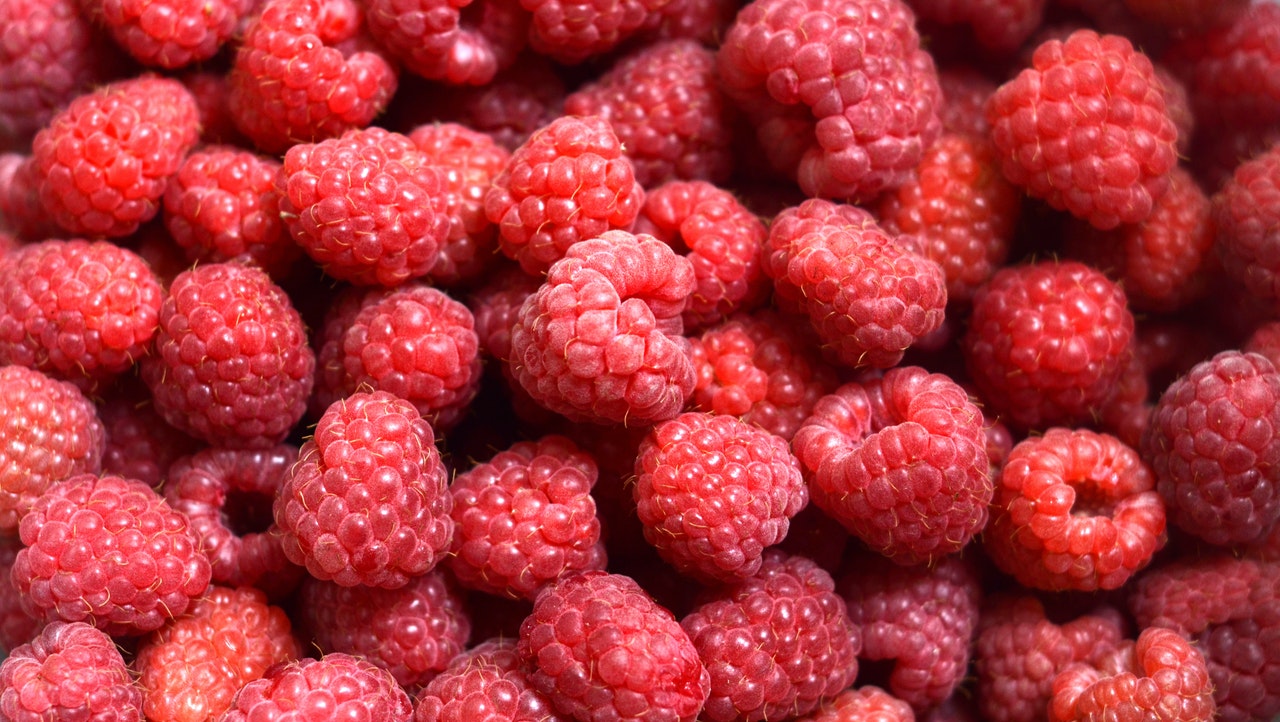Raspberries thrive best at an altitude of 400 to 800 meters. Proper site selection should ensure good air circulation, similar to other fruit crops. Raspberries prefer acidic soils and do not tolerate carbonate or subalkaline soils. The soil needs to be prepared before planting.
Location
Raspberries are adaptable to various climatic conditions. They are resistant to early spring frosts because they bloom very late, allowing their cultivation in hilly and mountainous areas.
Raspberries thrive in deep soils (+1 meter), loose, permeable, and sufficiently moist (75%), slightly acidic (pH=6), moderately heavy (about 50% clay), with a humus content of 5%.
The most ideal areas are those with a moderate climate (average monthly temperatures around 10°C and annual precipitation of 800-1000 mm, with proper distribution) and cooler summers with moderately harsh winters. For ideal yields, northeast or northwest exposures with a slope of up to 10% are recommended.
Soil Preparation
Soil preparation is similar to other fruit trees. Lighter soils are plowed to a depth of up to 40 cm, while heavier soils are plowed to a depth of up to 60 cm.
During preparation, it is necessary to ensure at least 10 mg P2O5 and 40 mg K2O per 100 g of soil.
Additionally, organic matter must be ensured before planting. After plowing, at least 50 to 80 tons of manure per hectare should be plowed in.
Establishing the Plantation
When establishing a raspberry plantation, especially for larger productions, it is important to consider the most favorable area regarding the availability of labor. For orientation, it is important to know that the harvest of single-bearing varieties lasts about 15 days, while one worker can pick 25 to 50 kilograms of fruit per day.
The raspberry plantation is exclusively established on a separate area. It is not recommended as an intercrop in orchards due to the inability to coordinate fruit tree spraying and raspberry ripening. Two, at most three, of the highest quality varieties are selected.
In gardens and yards, usually, a smaller number of seedlings are planted, enough to meet household needs. For such use, it is necessary to choose more single-bearing varieties, which differ in ripening time, and one or two ever-bearing varieties.
Support Structures
Support structures for raspberries are erected immediately before planting or a year later. For supports, stakes (for bushes) and wire trellises for hedges or rows are used.
The posts and wires form the support structure. The posts are spaced every 7 meters.
The posts are 150 cm high and 10×10 cm thick. At the ends of the rows, they need to be reinforced with a thickness of 15×15 cm.
The wire is 2.5 mm thick and can be arranged in several ways:
Four wires, two and two at the same level, the first level at 60 cm, the second at 120 cm, with the wires horizontally spaced 30 to 40 cm. This form is the most economical in production.
One wire at a height of 120 to 150 cm, to which the tops are tied.
Two wires spaced, the first at 60 cm, and the second at 120 cm, between which the shoots are pulled and tied to the top wire.
Two wires at the same level, at 100 to 120 cm, with a horizontal spacing of 30 to 40 cm, between which the fruit-bearing shoots are inserted.













































